No-Code MLOps for the Computer Vision Life Cycle
Get computer vision models fast—and keep them working. The Striveworks no-code interface makes it simple to develop computer vision models using any imagery—from MRIs to satellite photos—and to then maintain them across their end-to-end life cycle. When changes in the real world cause models to underperform, integrated testing, drift detection, and remediation workflows speed them back to high performance.
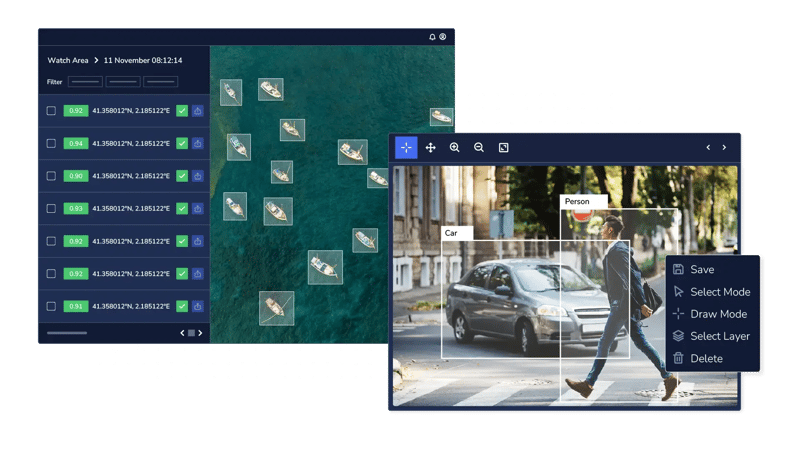
A Legacy of Building, Deploying, and Maintaining Computer Vision Models
The Striveworks MLOps platform is trusted for computer vision in the toughest operating environments.
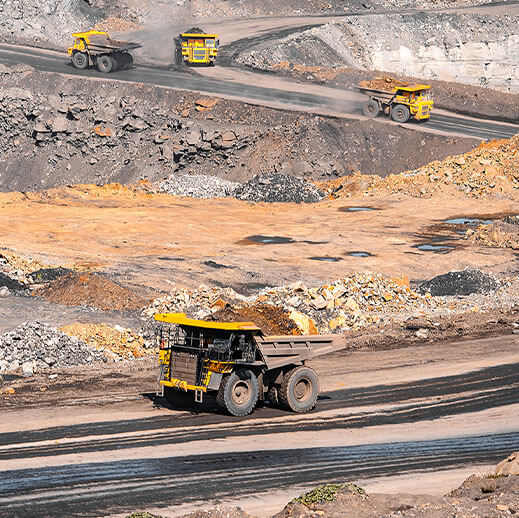
Public filings are a trove of data. Now, mining companies can unlock insights buried in filings thanks to OpenMine.AI, a central hub for mining analysis powered by the fusion of imagery, text, and tabular data from Striveworks and Prospector. OpenMine.AI generates reliable insights from large volumes of public and proprietary data, allowing users to get from data to decisions to discoveries—faster.
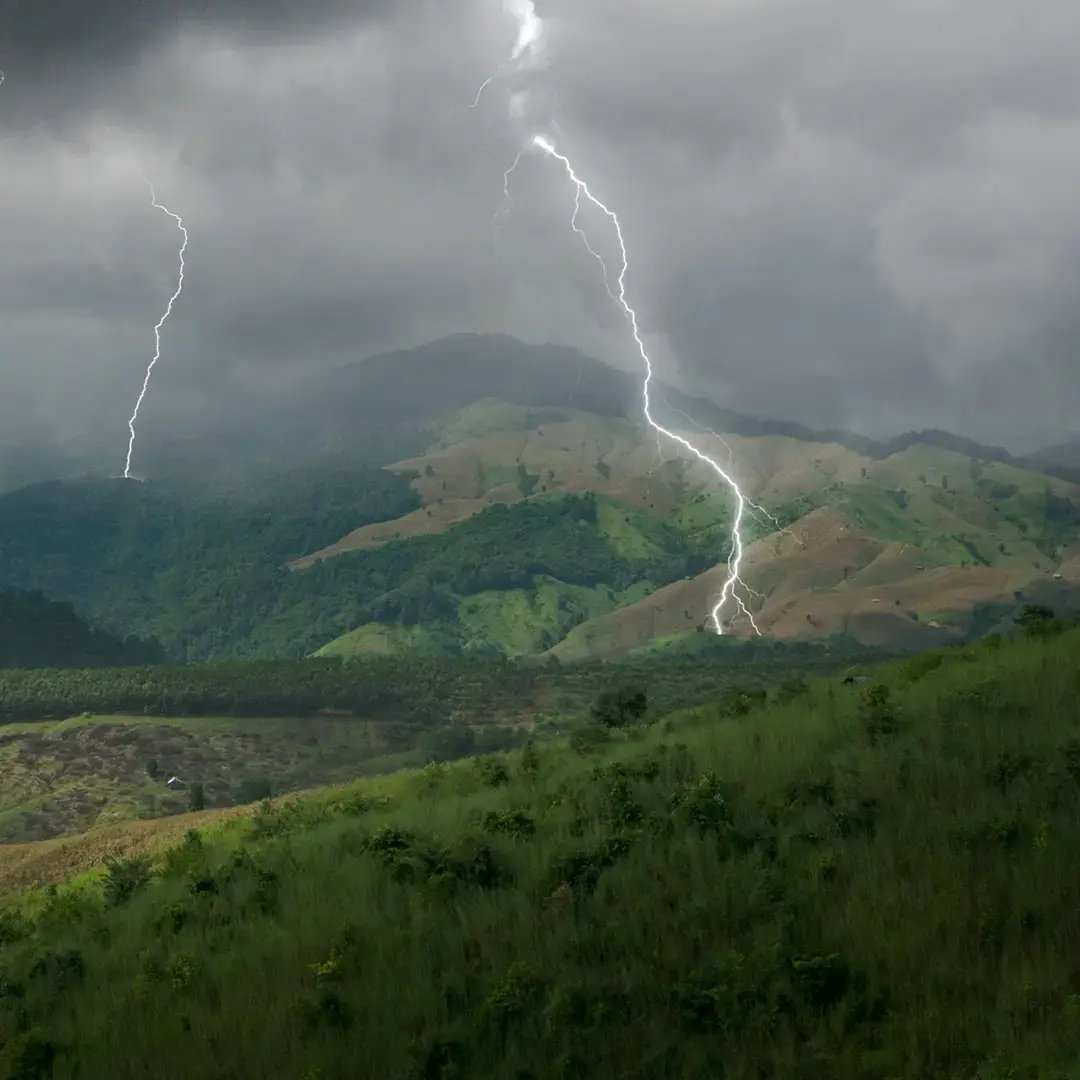
Striveworks built a complex data fusion model to predict wildfires for a Fortune 500 government contractor. When weather conditions decreased performance, Striveworks rapidly remediated the model—beating customer expectations and delivering 1.1 million predictions in the next six weeks.
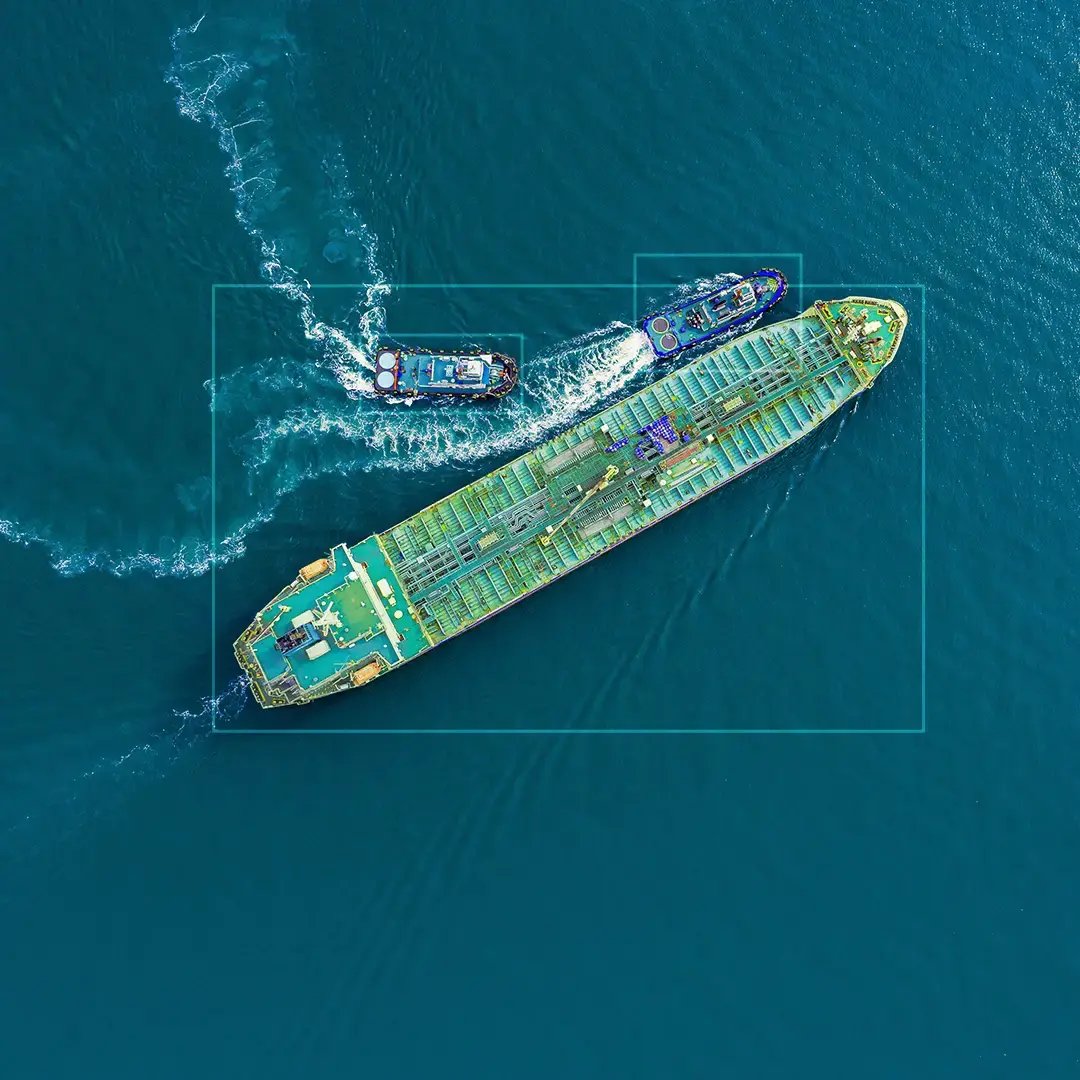
During a Global Information Dominance Experiment, Army personnel with limited data science experience used our MLOps platform to retrain and redeploy a struggling object detection model. The new model identified objects faster and more accurately before sending them to Anduril for dynamic targeting.
Build, Deploy, and Maintain Models For:
Rapid Remediation Improves Hazardous Environment Detection at the Edge
The Department of Defense faced a setback when its object detection models at the edge failed to identify hazardous environment indicators, including hazardous material signs and incapacitated persons. Through the Striveworks platform, the team remediated its models in hours—successfully redeploying them on edge devices to detect target objects and creating a blueprint for dependable edge AI in demanding, austere environments.
Computer Vision Models at No-Code Speed
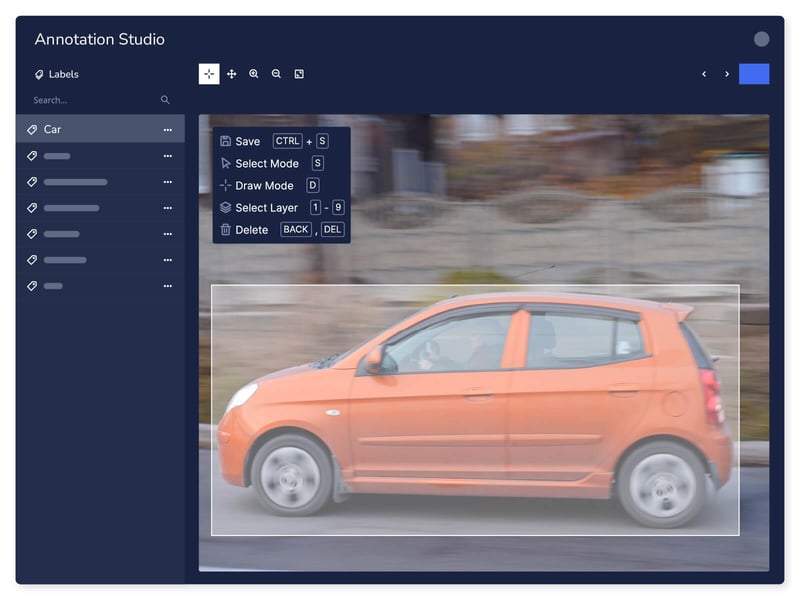
The Striveworks no-code interface makes it quick and easy for teams to configure training runs, deploy models, and track everything from dataset creation through the remediation process.
- Configure both pretrained models and your custom models in our no-code training wizard.
- Connect automatically to imagery through our partner integrations—or load data with our API, SDK, or drag-and-drop interface.
- Review AI-generated labeling for 40x faster data annotation.
- Automate data augmentations to improve model fit.
- Deploy models into production with one click.
- Track data drift automatically to intervene at the first sign of model degradation.

Detect Drift on Incoming Images
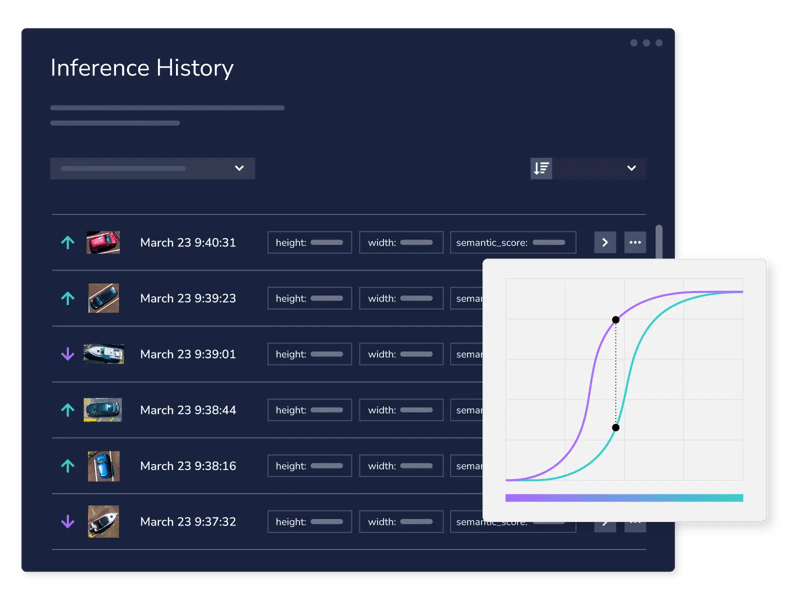
Real-world imagery is prone to data drift—and identifying its cause is difficult. Striveworks automates drift detection for computer vision models and links it to production metadata, making it easy to audit, isolate, and remediate affected models.
- Register models for automatic drift detection on imagery and video data.
- Filter and explore inferences through metadata and statistical drift in an intuitive interface.
- Retrain and remediate models quickly using automatically collected and easily curated production data.

Integrate With World-Leading Imagery Providers

Enhance your computer vision projects through API integrations with best-in-class imagery providers. The Striveworks partner network lets machine learning (ML) teams easily incorporate pipelines of high-resolution photography, satellite imagery, synthetic aperture radar, hyperspectral imaging, and other data as part of their workflows.
Striveworks’ imagery partners include:
- Esri
- Capella Space
- Bifrost
- Maxar
- Planet Labs
- SensorOps
- SkyFi
- Umbra

Use the Best Model for Your CV Application
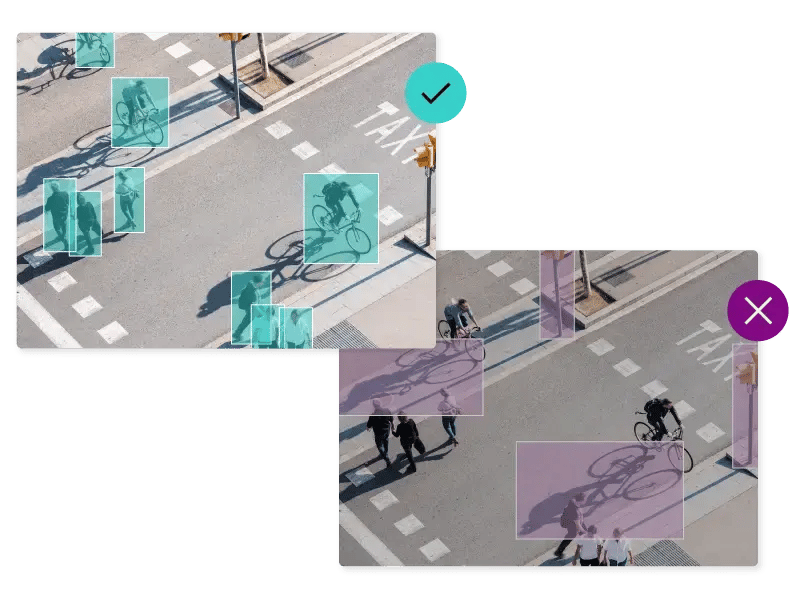
Striveworks saves ML teams hours of effort in experimentation with computer vision models. Our industry-leading evaluation service scores your available models to highlight options that best suit your data.
- Assess model performance side by side to identify your most suitable model.
- Find appropriate model options through metadata searches and filtering.
- Compare modesl apples to apples on the same data sets.
- Understand a model’s efficacy in production before you deploy.
- Test and evaluate remediated models before redeployment.

Geospatial Toolkit to Streamline CV Workflows
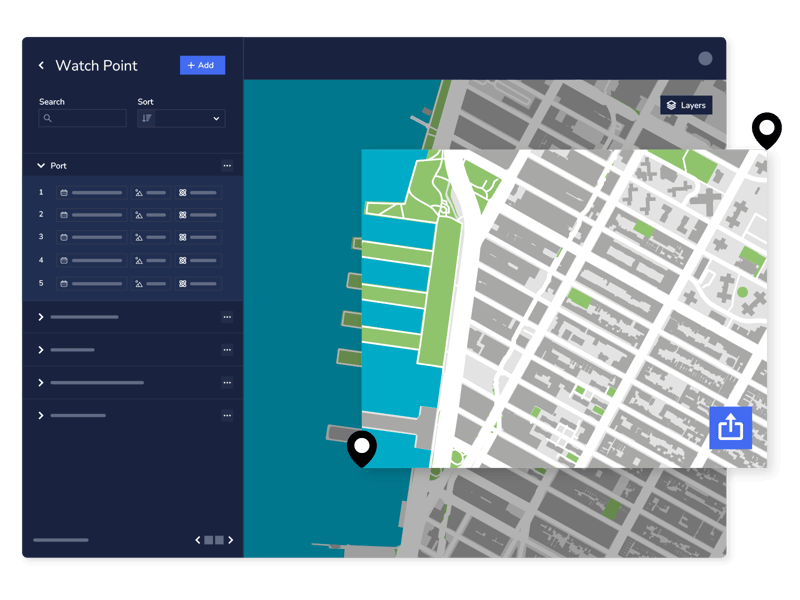
Merge computer vision into your business workflows with Striveworks’ toolkit for geospatial imagery. Our no-code interface makes it easy for analysts to monitor map areas for fresh images and process data automatically.
- Build and deploy scalable, collaborative workflows for GEOINT teams.
- Push inferences to Esri ArcGIS.
- Start today with out-of-the-box integrations:
- ArcGIS
- Global Enhanced GEOINT Delivery (G-EGD)
- Anduril’s Lattice
- Maxar’s Crow’s Nest

Striveworks Computer Vision Detects 27% More Dents on Aircraft
A leading Fortune 500 logistics company used Striveworks to process 49 times its aircraft inspection data in half the time. The AI-powered object detection model also guided inspectors to find 27% more dents than were found during unassisted inspections. Powering inspections with Striveworks’ MLOps paved the way for models to perform in radically different operating conditions, driving substantially higher efficacy, safety, and cost savings.
The Biggest Challenge With Geospatial Analysis
Geospatial data is transformative for many industries, but analyzing it comes with challenges—from complex data to limited data science talent. Read our exploration of what makes geospatial analysis so challenging, including:
- The #1 challenge organizations face when trying to leverage geospatial data
- What makes geospatial analysis so complicated
- How ML can solve problems with talent and costs
Related Resources

Demystifying CV: The Power of Convolution in Neural Networks

How Geospatial Machine Learning Transforms Decision-Making (With 7 Use Cases)
Get an overview of seven use cases of how events happening on the Earth’s surface open a world of opportunities for organizations to get ahead of problems and improve their processes.
Make MLOps Disappear
Discover how Striveworks streamlines building, deploying, and maintaining machine learning models—even in the most challenging environments.
Need Tools for Natural Language Processing?
Learn how Striveworks supports teams with LLMs, text classification, named-entity recognition, and other NLP applications.




